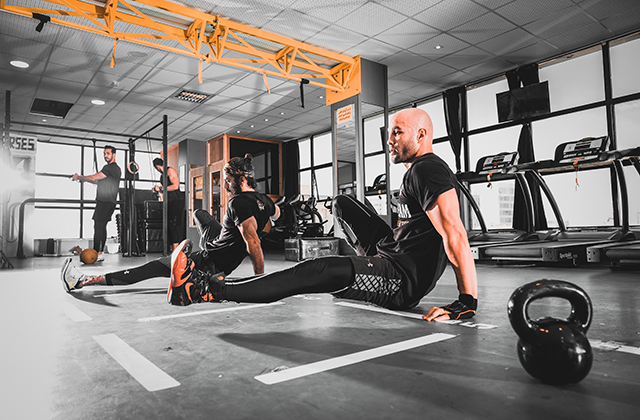Why Pilates Generally Good For Your Health
Pilates has been proven to be a great way to prevent injuries and improve your posture, flexibility and balance. It can also help you feel better about yourself. When you’re healthy and fit, you’re more likely to enjoy activities and be confident in your body. Pilates can help you get there by focusing on improving flexibility, strength and coordination through a series of gentle movements that target various muscle groups. Dynamic Pilates Manly is a place, where you can try yourself in doing pilates.
Pilates is focused on proper breathing techniques, which can help improve your posture and make it easier to relax. The exercises help strengthen the core muscles that allow your muscles to move more freely. That, in turn, makes it easier for your body to adjust when you need to change positions or rotate your body in another direction.
Pilates also focuses on developing a strong lower back and abdominal muscles that support the spine so you can stand properly and move with greater ease. A strong lower back can reduce back pain and injury that often comes from improper lifting or strained muscles.
The exercises are done on a mat or other platform while lying face down, sitting or standing. The movements are controlled and fluid rather than jerky like some traditional forms of exercise, making them appropriate for almost anyone who is able to move their limbs freely without pain.
Pilates is a very popular form of exercise that focuses on strengthening the core muscles in your body, while improving flexibility and posture. It has been shown to be especially beneficial for people with chronic back pain, and those who suffer from stress or anxiety often find that Pilates helps them relax and even fall asleep more easily at night. Pilates uses resistance equipment such as weights, bands, and springs to provide maximum challenge to the muscles as they are stretched. This makes for a very efficient workout, because you can still get a fantastic workout even if you have only 20 minutes to spare.
It is important to regularly stretch your muscles to help them remain relaxed and limber. This is particularly important for people who sit at a desk all day, as this type of inactivity can lead to tight muscles that are prone to injury as they try and compensate for the lack of use. Pilates helps strengthen your muscles so they do not have to work so hard in order to keep you upright.
Pilates is also great for helping you improve your posture. If you have ever heard that your posture can be fixed by simply standing up straight, then you know this is easier said than done!

